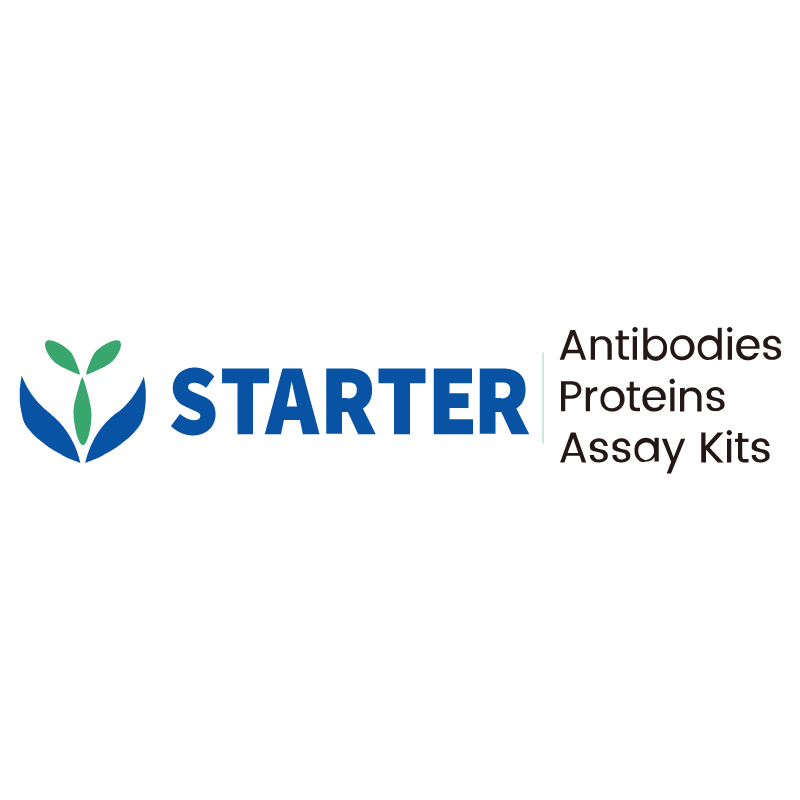Product Details
Product Details
Product Specification
| Host | Rabbit |
| Antigen | Osteocalcin/OST |
| Synonyms | OC, Bone Gla protein (BGP) |
| Immunogen | Synthetic Peptide |
| Accession | P02818 |
| Clone Number | SDT-253-35-2 |
| Antibody Type | Recombinant mAb |
| Application | CLIA, Sandwich ELISA |
| Reactivity | Hu |
| Cross Reactivity | Recognize total Osteocalcin |
| Purification | Protein A |
| Concentration | 2 mg/ml |
| Purity | >95% by HPLC |
| Conjugation | Unconjugated |
| Physical Appearance | Liquid |
| Storage Buffer | PBS pH7.4, 0.03% Proclin 300 |
| Stability & Storage | 12 months from date of receipt / reconstitution, 2 to 8 °C as supplied |
Dilution
| application | dilution | species |
| Sandwich ELISA | N/A |
Background
Osteocalcin (OC), also known as bone gla protein (BGP), is a 49 amino acid vitamin K-dependent calcium binding protein with a molecular weight of 5.9 kDa. Carboxylated OC (Gla-OC), which is capable of binding calcium, is the active form of the protein and decarboxylated OC represents the inactive form. Gla-OC has three γ-carboxylated glutamic acid residues (Gla) at positions 17, 21, and 24 that are known to mediate strong binding to hydroxyapatite. OC synthesis is dependent on both vitamins D and K. Vitamin D directly induces OC synthesis and vitamin K stimulates the gamma-carboxylation of glutamic acid residues. During osteoclastic resorption, binding of undercarboxylated osteocalcin (Glu-OC) to bone decreases, resulting in an increase in Glu-OC level in blood and urine. P. D. Delmas and colleagues have shown that undercarboxylated OC is significantly increased in elderly women, suggesting an age-dependent impairment of OC γ-carboxylation. The presence of undercarboxylated OC in serum has also been associated with changes to the bone matrix and increased fragility.
Picture
Picture
Paired Recommendations


